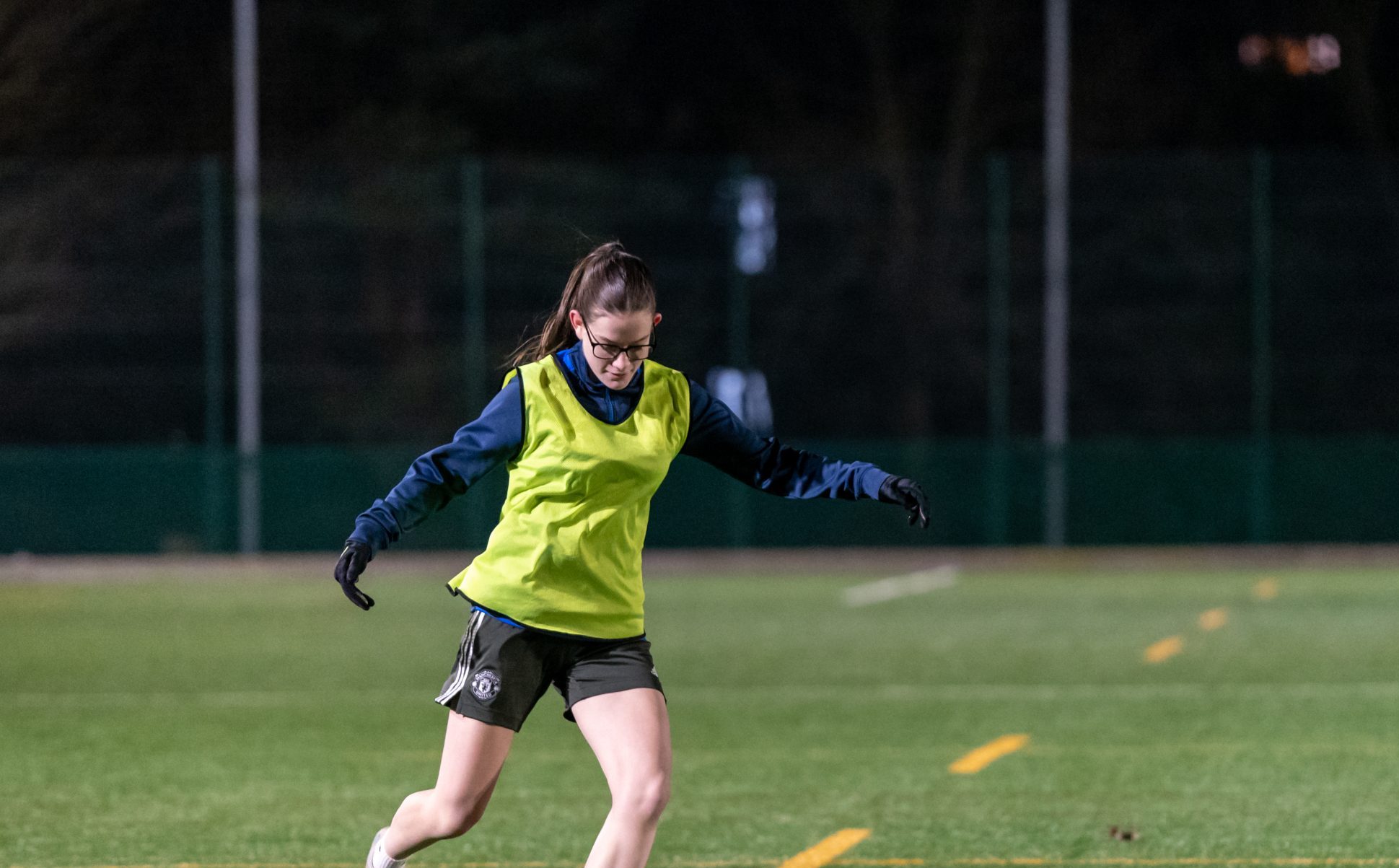
Research Report: Where are all the Women? Shining a light on the visibility of women’s sport in the media
Shining a light on the visibility of women’s sport coverage in the media.

Shining a light on the visibility of women’s sport coverage in the media.
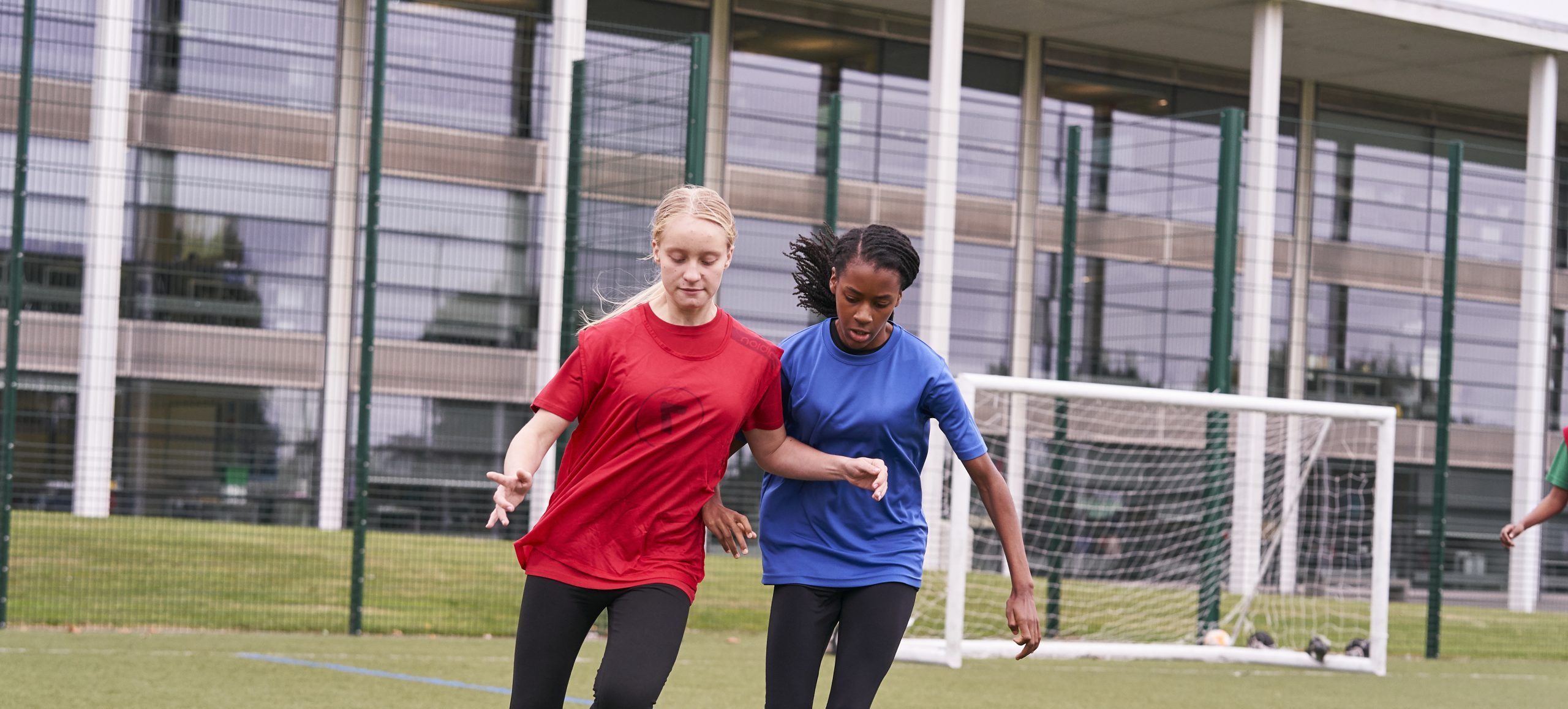
Girls are less active than boys and by age 13 – 15, only 8% of girls meet the Chief Medical Officer’s recommendation that young people aged 5 – 18 should do 60 minutes of physical activity every day.
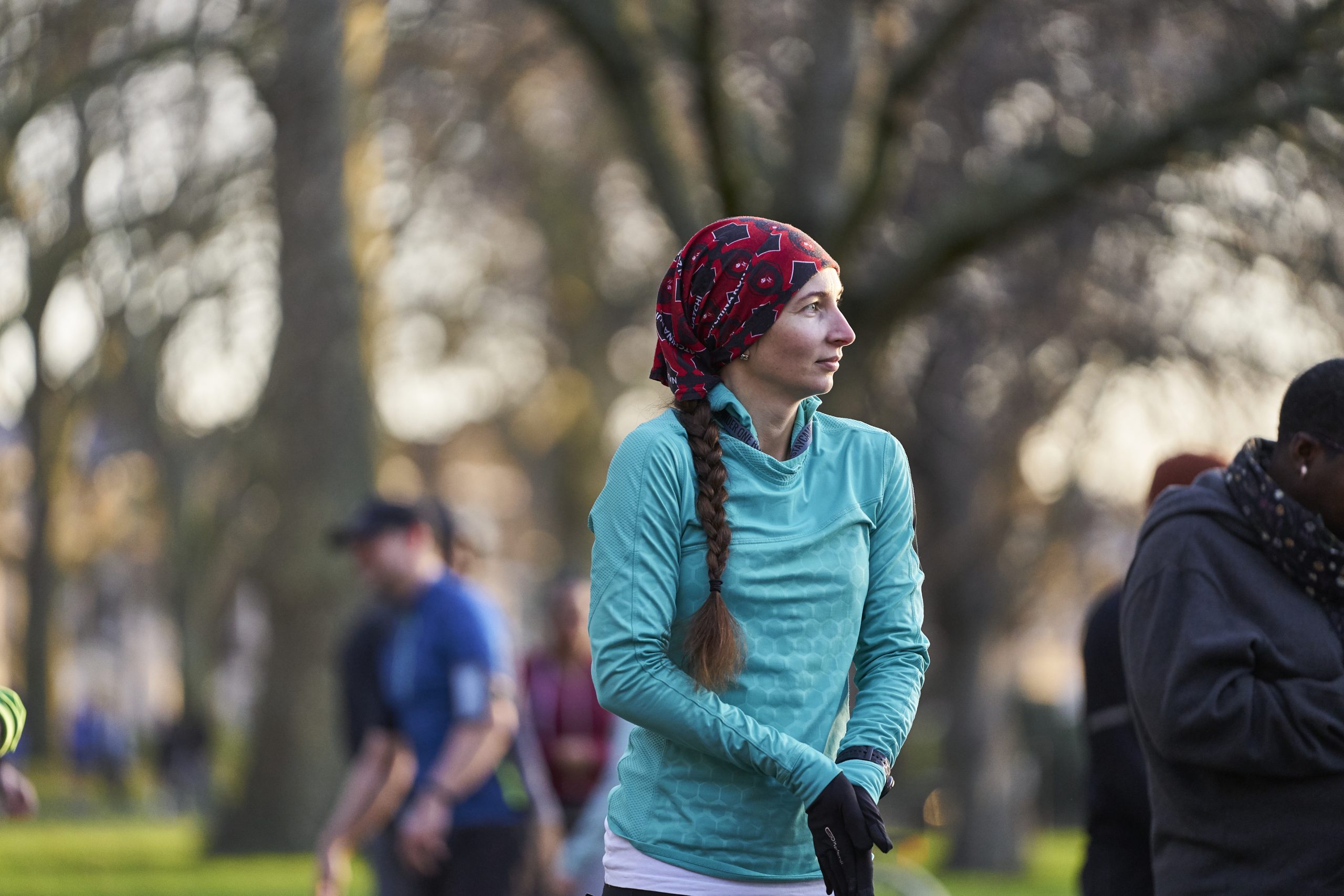
Women are less active than men, with 27% of women inactive and a further 15% fairly active but doing less than the recommended amount of physical activity.
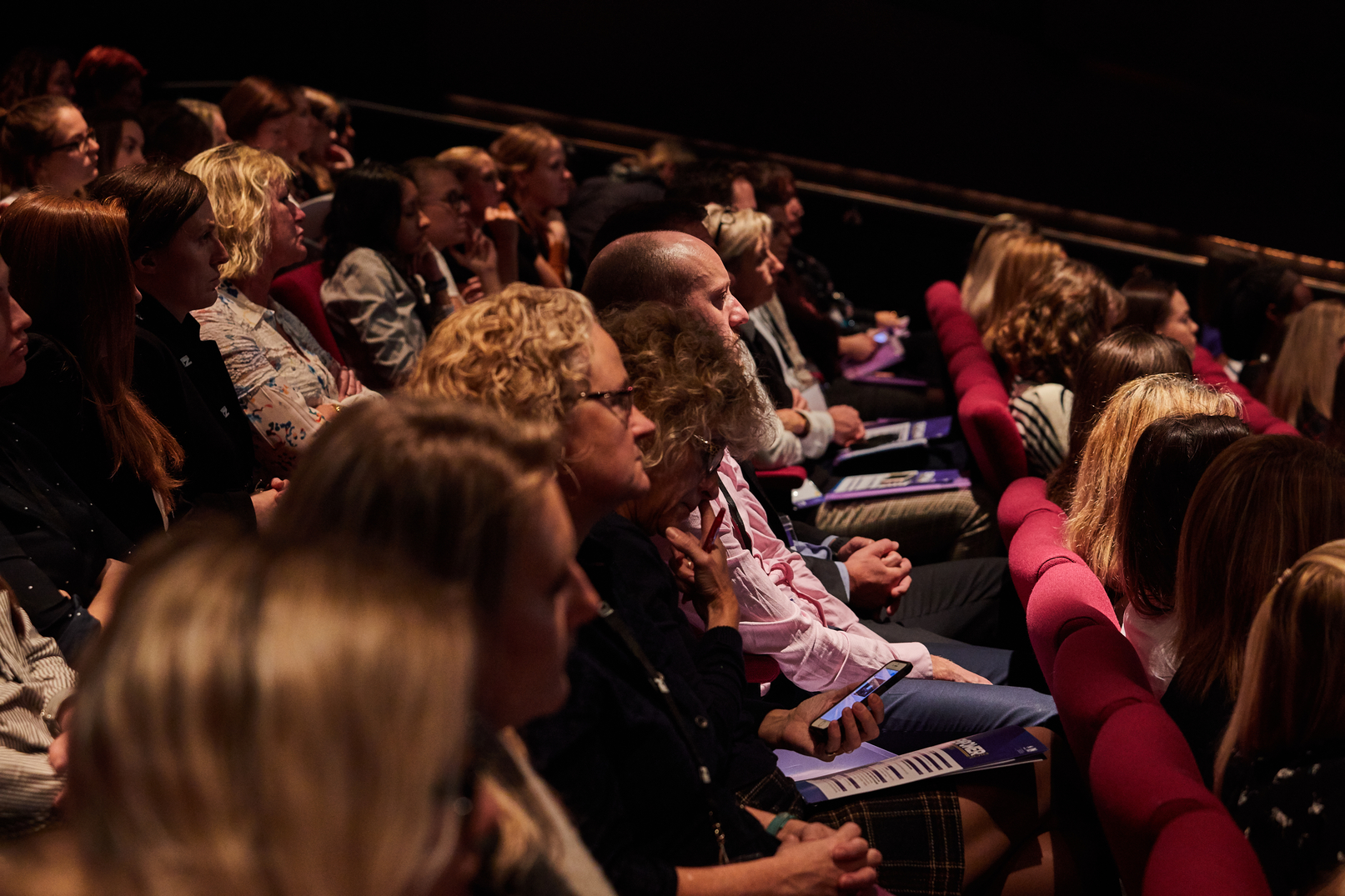
Currently women are under-represented in senior leadership roles and on Boards in the sector. There is also evidence of discrimination and negative workplace culture.
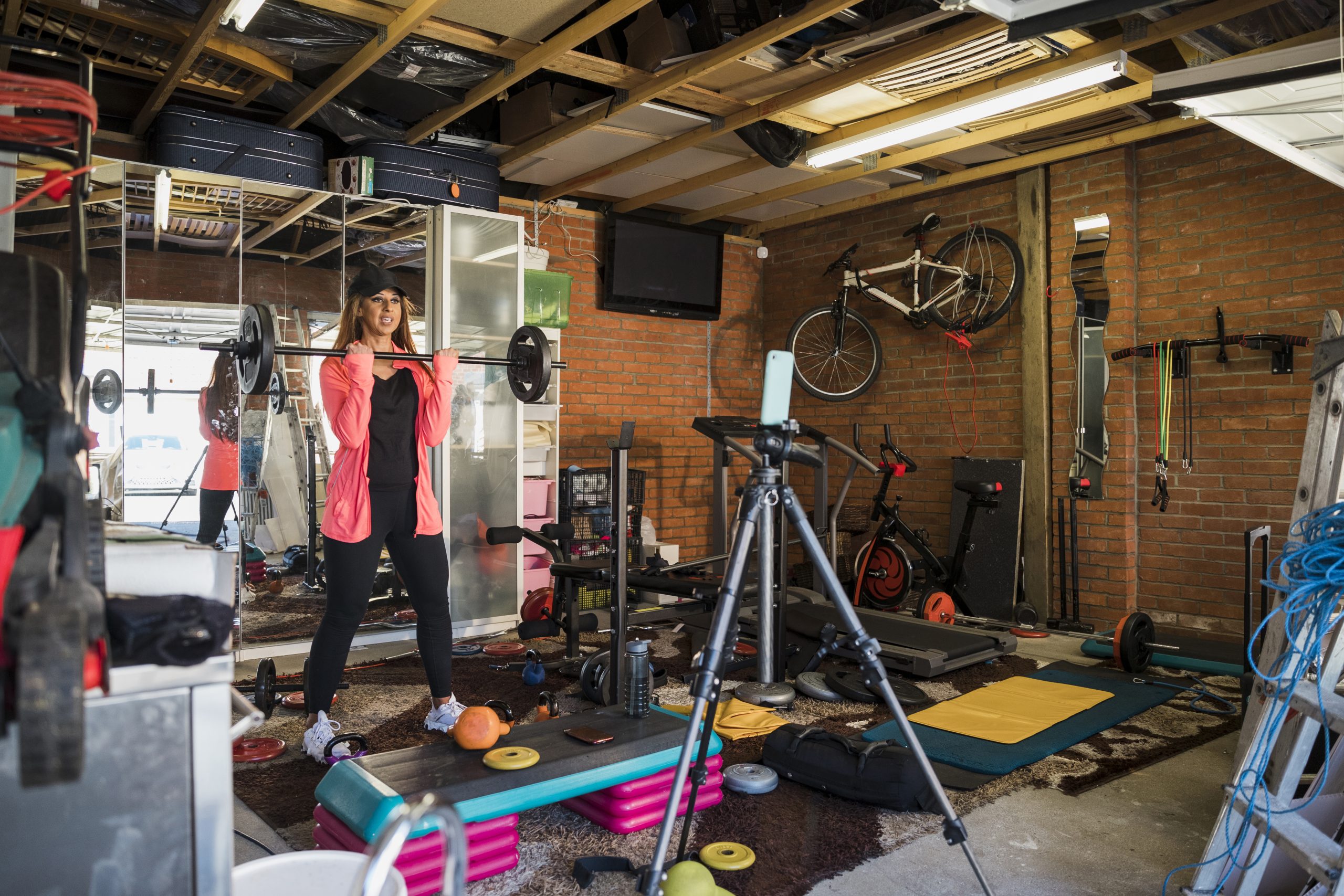
Menopause is a taboo subject in our society and women going through the menopause are missing out on the benefits of being physically active.
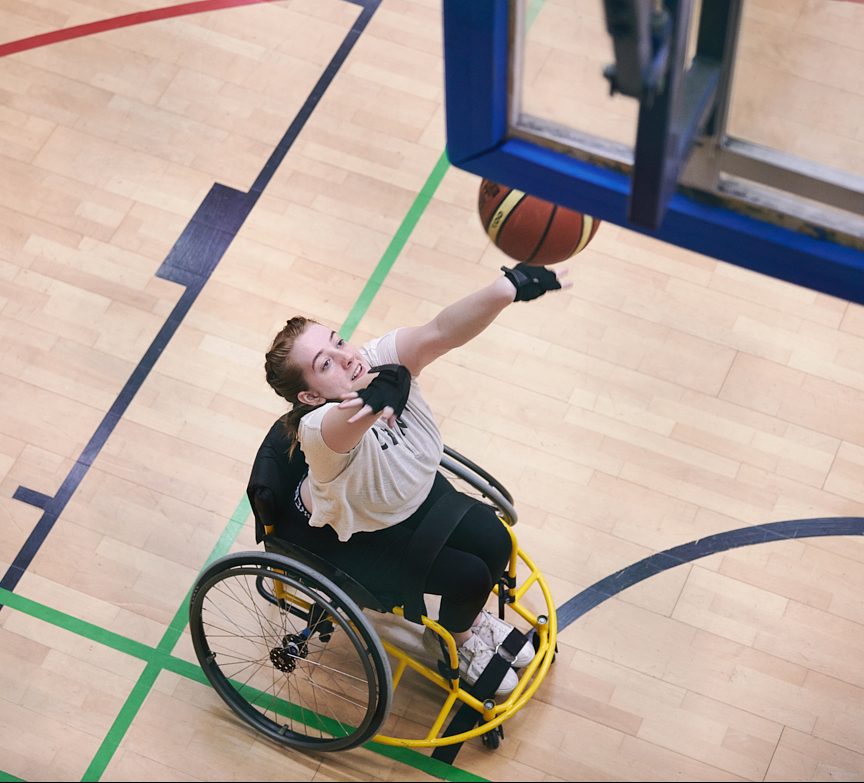
Why are women with a health condition or disability missing out on the benefits that sport and physical activity brings as they get older?

There is a significant gender gap in the participation rates of Higher Education students. Only 48.6% of female students take part in physical activity once a week compared to 64.7% of their male counter parts.
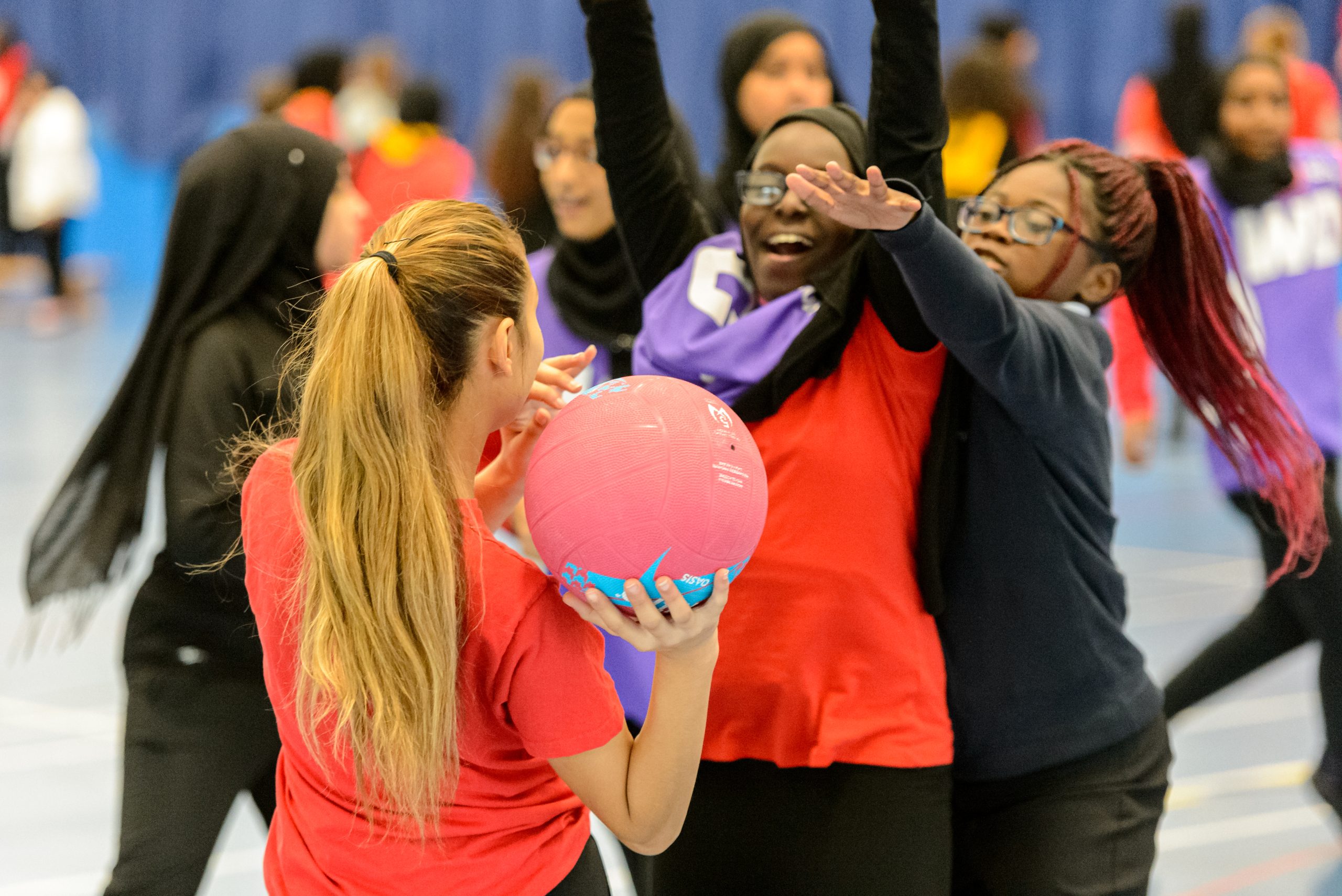
Girls aged 11-18 years old exercise less regularly and for less time than boys. Only 8% of girls meet the Chief Medical Officer’s recommendation that young people aged 5 -18 should do 60 minutes of physical activity every day.
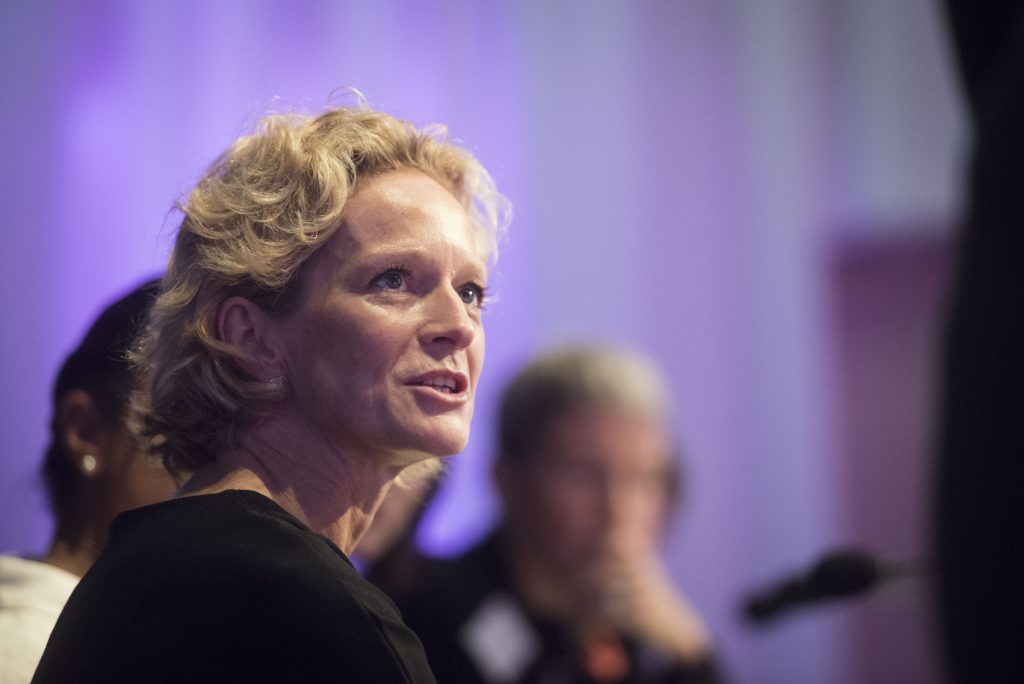
Currently women are under-represented in senior leadership roles and on Boards in the sector. There is also evidence of discrimination and negative workplace culture.
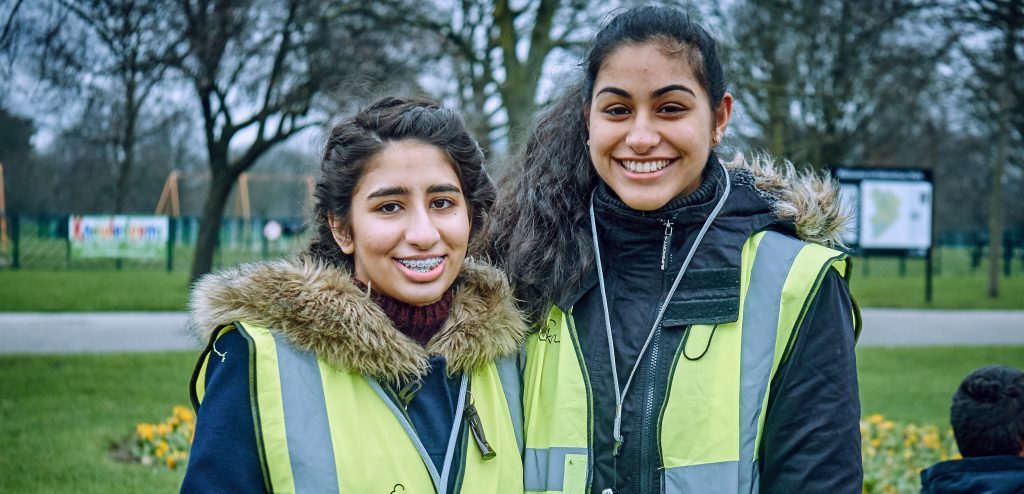
This research focuses on gender discrimination within sports volunteering and sets out best practice solutions to counter this disparity.